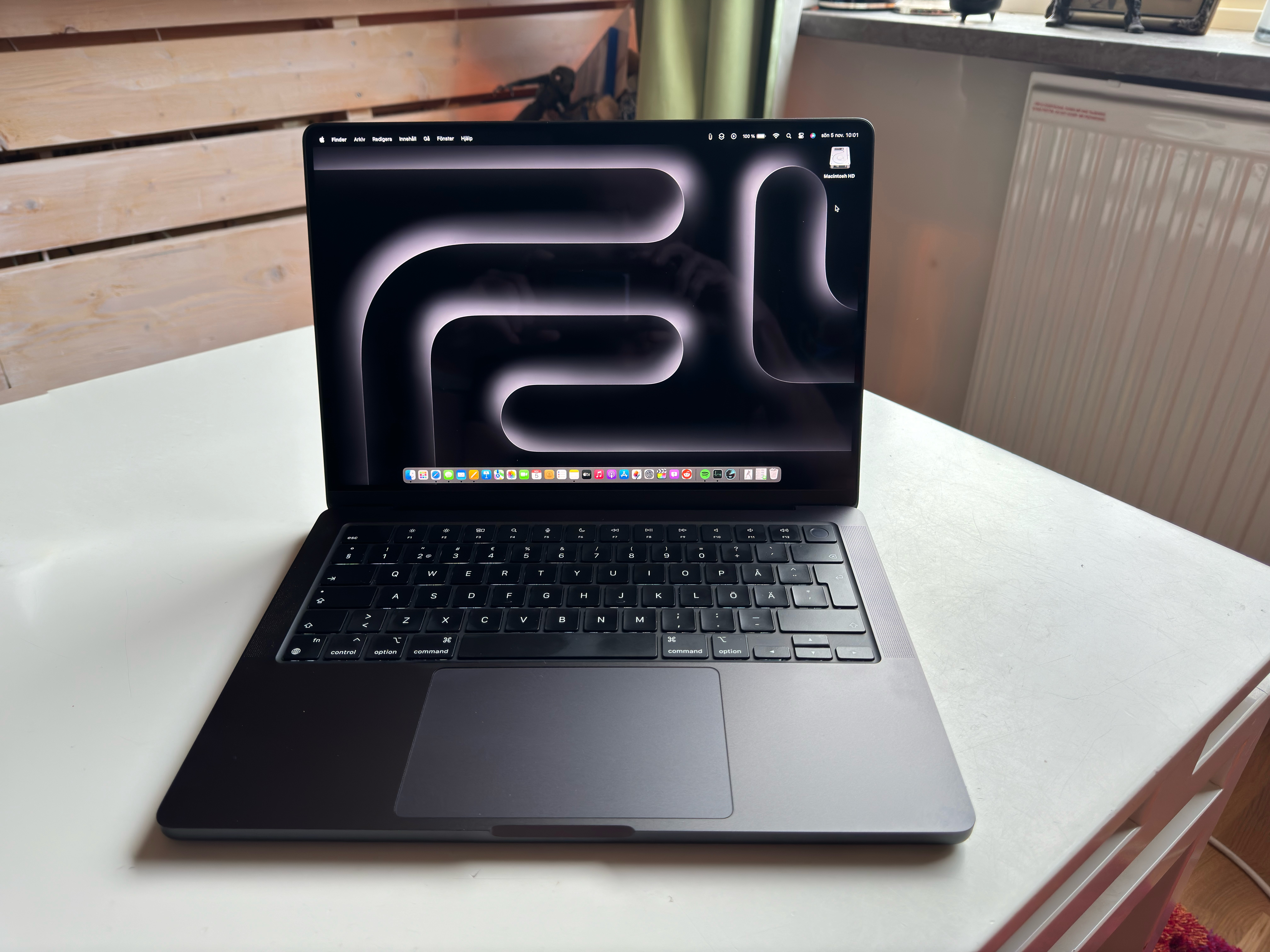When you’re a kid, being an inventor sounds like an impossibly glamorous job–and a simple one, too. All you have to do is invent something brilliant (like, say, the iPad), then sit back and wait for the checks to roll in. But when you grow up you learn about capitalism and investors and stock prices and realize that everything is a lot more complicated. One-off brilliance is not enough—you need an ongoing revenue stream, and that means releasing new things on a regular basis, each preferably better than the last.
Finding ways to make the iPad better every 18 months (but not so good that you can’t surpass it again next time) is tricky enough, but Apple made another rod for its own back when it split the device into multiple lines: the standard iPad, the iPad mini, the iPad Air, the iPad Pro. Now you have to make sure the iPad is better than last year’s model, the iPad Air is better than the iPad, and the Pro is better than the Air… but not so much better that the weaker product doesn’t get any sales at all. The whole thing is an unenviable juggling act, equal parts innovation, compromise, and planned obsolescence.
Thanks to its inconsistent naming conventions, confusing technical differences, and intimidating range of sizes and storage capacities, Apple’s iPad range has long been a nightmare for the casual buyer. But at least, up to now, the headache has been confined to the tablet range. That may soon change if we can believe a surprising new report that says the iPad Pro is about to jump from the M2 to the M4 processor. Bump the Pro to an M4 and Mac customers are going to be just as confused as the poor iPad buyers.
The MacBook Pro only just got an M3 processor in March—so why would Apple upstage it so soon?
Foundry
Macworld readers are a knowledgeable bunch, so this may be a difficult thought experiment. But try for a moment to put yourself in the shoes of Joe and Jane Q Applebuyer lining up at the Apple Store to buy a laptop for work. They browse the selections and settle on an M3 MacBook Pro before sauntering over to the iPad table. Suddenly they need to grasp why the top-of-the-line MacBook Pro has a mere M3 processor when the flagship iPad has a newer and presumably faster M4. And if they stop at the Mac mini table, they’ll see an M2 chip and just ask more questions.
Now a weary retail employee will have to explain what’s going on, talk about sustained speeds and graphics, the nature of Apple silicon and its upgrade cycle, the kind of work that’s done on each, unified memory, and other specs to explain the distinction between the two lines.
Logically, an iPad doesn’t need to be as powerful as a Mac because (for now) Apple has more control over the software it’s permitted to run. iPad apps are designed with predictable hardware in mind. The top-end iPad Pro at any given time will be able to happily run everything on the store at top settings because the devs would be insane to calibrate them in any other way.
Macs are a different matter because macOS software can come from anywhere—even ported from the world of Windows-based gaming rigs. Macs themselves are more variable and customizable than iPads, which means developers have less of a clear target audience, in turn creating more variation in system requirements and making very high specs more of an advantage. And despite what Apple will have you think, the type of work people do on their Macs is inherently different than on an iPad. Simply put: The iPad doesn’t need as much power as a Mac.
Giving the iPad Pro an M4, then, would be a bizarre decision for two reasons. It wouldn’t really benefit the iPad Pro, because it doesn’t need an M4. And it would hurt the Mac range, whose M2 and M3 machines would instantly appear underpowered, and create confusion for Mac buyers.
The only beneficiary of the decision would be Apple’s tablet marketing department, who need an eye-catching way to upsell iPad buyers from the Air to the Pro model. Don’t buy that stinky old M2-powered Air! Buy this M4-powered Pro instead. “It does AI.”™️
Mark Gurman, the author of that surprising report, points out the M4’s advanced neural engine as a main reason for Apple to add the M4 to “lay out its AI chip strategy without distraction.” If that’s the case, perhaps Apple will brand the iPad Pro’s new chip as a unique edition of the M3 (Bionic? Plus?) as it did with the A12X in 2018 and A12Z in 2020. Then Apple can focus on the neural engine and better AI capabilities, eliminate any potential confusion with the Mac, and still give the iPad Pro its own identity.
Don’t ask how they’re going to market the next iPad Pro, by the way. That’s a problem for someone else.




